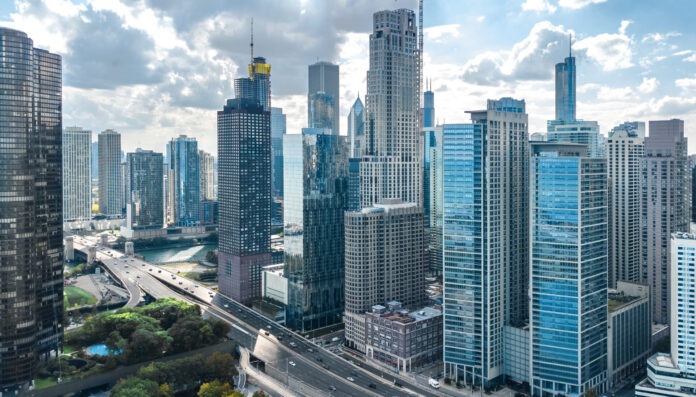When it comes to architectural products in seismic regions, the importance of expansion joint systems cannot be overstated. Designed to handle three-dimensional movement, these systems are essential for ensuring the structural integrity of buildings in the face of seismic forces.
While the geological context of each location will dictate the best seismic-capable options for designers, understanding the three fundamental types of movement that structures must withstand will be key.
Understanding the 3 Types of Movement
Expansion-Compression Movement
Expansion-compression movement involves the linear extension and contraction of materials along a single axis. This type of movement occurs due to factors like temperature changes and environmental influences. In seismic design, it’s essential to accommodate this movement to prevent undue stress and potential damage caused by thermal expansion and contraction.
Seismic expansion joints are strategically placed to allow buildings to expand and contract without causing structural issues.
Lateral Shear Movement
Lateral shear movement entails the horizontal displacement of building components perpendicular to their axis. During earthquakes, ground shaking induces lateral forces that can cause buildings to sway from side to side. This movement can lead to significant stress on walls, floors, and other structural elements.
Seismic expansion joints designed to accommodate lateral shear movement allow buildings to shift without causing structural damage.
Vertical Deflection (Out-of-Plane) Movement
Vertical deflection, also known as out-of-plane movement, refers to the upward or downward bending or displacement of building components perpendicular to their axis. In seismic events, vertical forces can lead to this type of movement, potentially resulting in structural misalignment or damage.
Seismic expansion joints designed to accommodate vertical deflection ensure that building components can move freely in response to these forces without compromising the overall structural integrity. This is especially crucial in structures with complex geometries or irregular load distributions.
Overall, understanding these three types of movement is essential for creating resilient structures capable of withstanding the dynamic forces of seismic activity. By accommodating expansion-compression, lateral shear, and vertical deflection, architects and engineers can ensure the safety and longevity of buildings in seismic-prone areas.
Our latest whitepaper, Seismic Applications and Considerations for Expansion Joint Systems, goes into detail on movement, applications, and product recommendations.
Download today to learn more.



